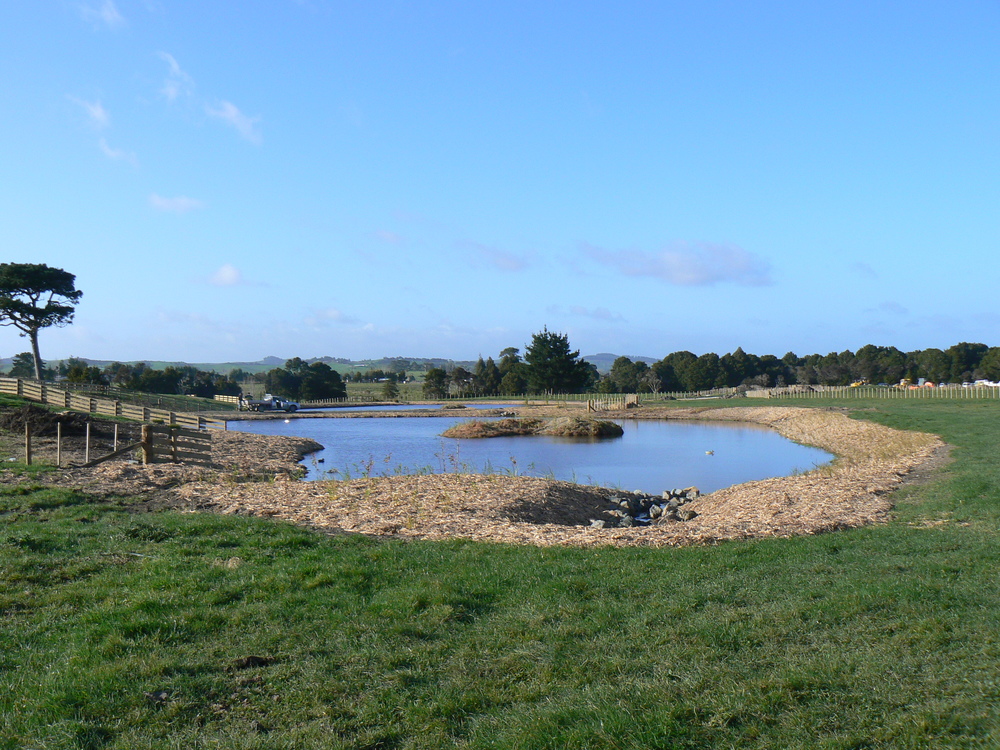The main goal of wetland restoration is to bring it back the original ecosystem. Like all restoration projects, there are steps involved. Planning and implementation often includes data or information gathering. And when making a concept plan, the type of native plants used and how they’re maintained are also considered. The design is also a major factor, which has to be functional and pleasing at the same time.
But nowadays that’s no longer enough. The idea of doing wetland restoration to address the problem of carbon emissions is no longer just an option but a need for any serious developer. Aside from these processes, land developers also consider the impact a restoration project can have on the environment. It’s not enough for a restoration project to have little or no impact, it has to make a positive impact and actively fight the effects of climate change.
Most wetlands do release carbon dioxide in the atmosphere. However, with careful restoration, wetlands can go a long way in reducing the production and presence of greenhouse gases.
How Does Wetland Restoration Differ From Other Restoration Schemes in Mitigating Carbon Emissions
Permaculture, reforestation and rural landscaping are more effective in reducing carbon emissions compared to wetland restoration. The reason for this is that the three other methods have more planting and usually covers a much larger area. More plants can absorb carbon emissions and a large forested area can absorb enough carbon which can be traded in the form for New Zealand Units under the Emissions Trading Scheme.
Wetlands naturally produce methane from the organic matter decomposition that takes place there. But planting native species can also help mitigate or even reduce emissions altogether. Wetland revegetation can also cover a wide area, from the waterline up to several meters away from the shore. And planting for wetland restoration would often involve a wide variety of species. Bushes and reeds like Manuka are planted to support aquatic species. The trees serve as barriers to protect the wetland from stock while providing shade and shelter to the local fauna.
Restoration has other added benefits as well such as:
- Stabilization of Climate Conditions. Replanting helps protect the surrounding environment and helps reduce the impact of extreme weather. The key is using native plants adapted to wetland condition to revitalize the local ecosystem.
- Nutrients retention. The agri and aquaculture industries lose millions of dollars every year to soil erosion and eutrophication. Proper wetland restoration helps control soil erosion and runoff; making farms productive and sustainable.
- Improved water quality. Wetland restoration helps improve groundwater discharge and recharge. Groundwater discharge and recharge is the process in which groundwater moves above ground and vice versa. This helps filter the water, making it suitable for drinking and irrigation.
See below – BEFORE and AFTER photos of a property in Hakaru replanted in wetland plants


How Is Wetland Restoration a Viable Option for Combating Carbon Emissions?
Wetland restoration is a viable option for combating carbon emissions as this can be done on a much smaller scale compared to reforestation or rural landscaping. It also serves as a good starting point for larger ecological restoration projects as most would depend on the availability of natural water sources.
The impact of wetland restoration is also broader. When connected to river or estuary systems, restoration can help improve the health of these supporting systems by providing breeding grounds or feeding areas for fish and other aquatic animals. If the wetland is connected to a watershed, more vegetation, through restoration, can help ensure continued water supply and quality for the local community.
When planning a restoration project it’s important to look at how different wetland elements work together. You also need to look out how the surrounding environment affect a wetland. This informationbecomes easier to create a workable restoration plan for a functional wetland that can reduce carbon emissions.
Since wetland restoration is a delicate process, seeking help from a restoration expert is essential. That’s where Rural Design comes in. Our experience and expertise has made us leaders in sustainable restoration. It’s not just creating visually appealing designs. It’s about creating designs that work for and with the environment.
With our experienced restoration team, our well stocked native plant nursery and relationships with government units, we can aid you in every step of the process. From planning and application to implementation and planting, we can help and guide you every step of the way.
